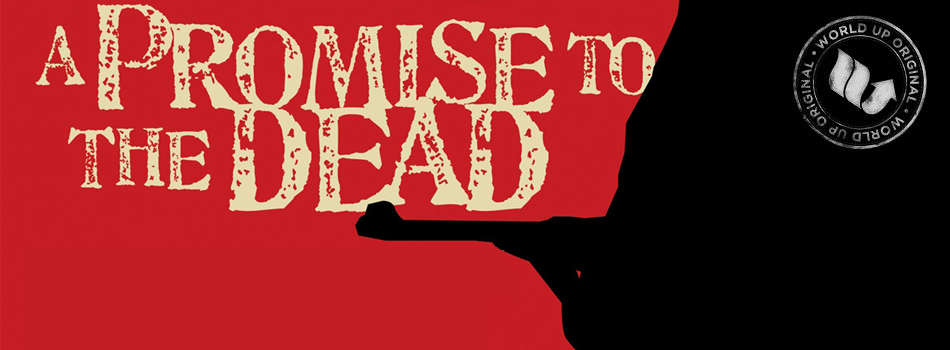In December 1994, explorers walking through southern France’s rocky environment found a slight disturbance in the air, coming from the rocks. They began to dig at the rocks, and uncovered what came to be known as the Chauvet Cave, a cavern sealed off by a rockslide some 20,000 years earlier.
What the explorers found was a treasure trove of cave paintings and skeletal remains of extinct animals. The art is twice as old as anything else found to date, the earliest example of culture produced by modern humans. Consequently, the French government sensibly sealed the Chauvet Cave. A door to the cave was constructed, making it impossible for anyone to enter without permission. Access is restricted only to scientists studying the discoveries.
But besides enriching our knowledge anthropologically, such a find cannot help but produce feelings beyond the simple excitement of a new discovery: awe, mystery – even a sense of sorrow.
Enter Werner Herzog. He is the only filmmaker ever granted access by the French to the cave, and judging by his documentary of it, Cave of Forgotten Dreams, the Ministry of Culture made the right choice. Any film crew working for National Geographic could have gone in and simply shown people what had been found and explained the scientific significance of it. But Herzog does this as deftly as anyone else could, while adding something deeper.
Herzog is known for both wildly eccentric dramas like Even Dwarfs Started Small and for highly stylized documentaries. He is also an eccentric personality. In a possibly apocryphal story, after one of the dwarf actors in Even Dwarfs complained about dangerous working conditions, Herzog made a promise to the actor, on which he made good: if the actor survived the making of the film, Herzog would throw himself into a cactus.
In Cave of Forgotten Dreams, Herzog adds a sometimes absurd, but always human, touch.
In an interview with The A.V. Club, Herzog said, “It’s not so much facts that interest me, but a deeper truth in them – an ecstasy of truth, an ecstatic truth that illuminates us. That’s what I’ve been after. … The danger is to stupidly believe that depicting facts gives us much insight. If facts were the only thing that counted, the telephone directory would be the book of books.”
Indeed, Herzog revisits the theme of the phone book in Cave, telling a scientist he interviews that many of the facts he presents are like the Manhattan directory, with its list of “4 million names.” These people are just a list, according to Herzog, about which the phone book says nothing. “What are their hopes, their dreams?” he asks.
Herzog has largely been successful in bringing out these deeper, more human truths in earlier documentaries. In his Encounters at the End of the World, he studies Antarctica. But instead of a simple catalogue of animals and glaciers, he presents a desolate world inhabited by animals and people, all of whom, perhaps a product of their world’s desolation, seem a bit insane. (Is there a definition of insanity among penguins? he asks a scientist. “…I don’t mean that a penguin might believe he or she is Lenin or Napoleon Bonaparte, but could they just go crazy, because they’ve had enough of their colony?”)
And while Herzog is seemingly omnipresent in his documentaries, he also knows when to keep quiet. In his 1992 documentary Lessons of Darkness, he allows the cruel character of Saddamist Iraq to show itself, most poignantly in drawn out scenes of Kuwaiti oil wells burning with an evil beauty. In How Much Wood Would a Woodchuck Chuck, a short film on the bizarre language of cattle auctioneers, he allows the subjects to speak in their auctioneering voice at great length.
The same style holds sway in Cave, producing both an awe at the simple fact that our ancestors were there creating art – and here we are, 30,000 years later, looking at it – as well as a sense of sorrow. We will never know these people, the vast majority of people who ever existed. “We are stuck in history,” Herzog says. “But they were not.”
How stuck are we? In one scene, the audience is shown the fossilized tracks of a child and a wolf, next to each other. Herzog ponders: Did they walk together as friends or did the child run from the wolf? Or were the tracks made 5,000 years apart?
And who were these people? The point of the Manhattan phone book analogy: we’ll never know; we can’t. There is a section in the cave in which red handprints decorate a wall, somewhat like an abstract painting. The painter has a curved pinky; this is the closest we’ll ever come to understanding his individuality. To Herzog’s delight, though, it is possible to see, based on the knowledge of his curved finger, that the same painter did drawings throughout the cave. It is, remarks Herzog, like we’re following him as he works.
Herzog doesn’t skimp on the historical details. The viewer emerges from the theater with a much wider knowledge of this cave, the science used to study the age of the artifacts and so on. But, in the hands of someone else, there would be no emotional connection.
And check out the albino alligators in the tropical landscape produced by France’s nuclear reactors, in the film’s postscript.
Movie Review
Cave of Forgotten Dreams
Directed by Werner Herzog
2010, 90 mins., Rated G



